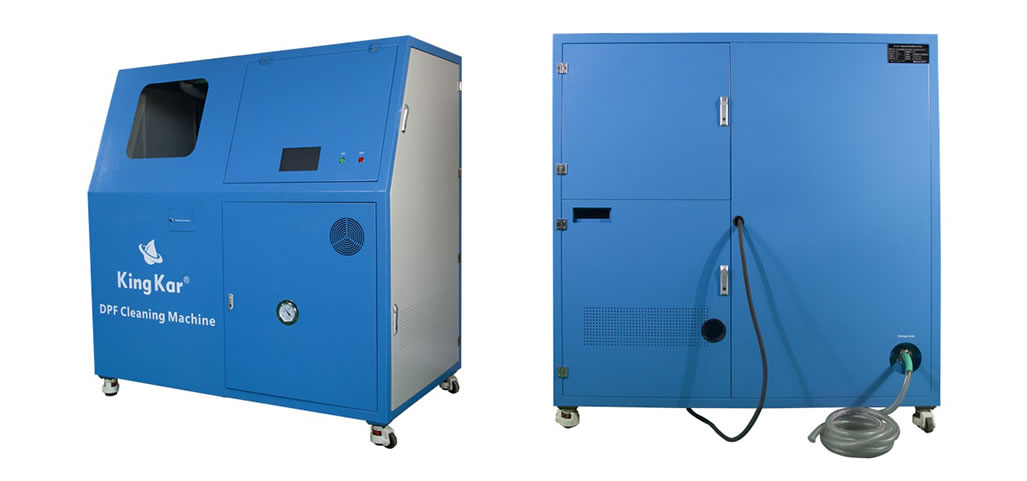The function of DPF is equivalent to a filter, which can intercept all kinds of particulate matter in the exhaust of the engine, mainly carbon particles, which is commonly known as black smoke. However, with the increase in the amount of intercepted particulate matter, the DPF will also be blocked by carbon particles, causing the engine exhaust back pressure increase, and the power and economy decline.

At this time, it is necessary to use some methods to burn these intercepted particles, turn them into gas, and empty the space inside the DPF. This process is DPF regeneration.
The regeneration of DPF is divided into active regeneration and passive regeneration. Active regeneration refers to raising the temperature in the DPF by external means, so that the particles trapped in the DPF are burned and turned into gas discharge. Common methods include electric heating regeneration and DOC injection. Oil regeneration, etc.
DPF passive regeneration refers to the uncontrollable regeneration method that DPF has been oxidizing soot during daily use. The main ways are to add combustion aid to fuel and apply catalyst to DPF.
The particulate matter trapped in the DPF is not 100% burnable, there will always be some non-combustible substances, which we call ash substances. The main sources of ash materials are organic oil additives, engine metal debris, and metal components in diesel. The most important source is engine oil additives, which are generally composed of sulfides, phosphides, and oxides of zinc, calcium, and magnesium.
With the use of engine oil, the ash content in the DPF will continue to accumulate and occupy the space originally used to capture carbon particles. Since neither active regeneration nor passive regeneration can clean these substances, other cleaning methods are needed. Kingkar new DPF intelligent cleaning equipment is used to clean these ash materials.
The entire cleaning process of Kingkar DPF cleaning system includes three steps:testing, flushing, purging, baking, and testing again. It takes 60 minutes and the cleaning rate is as high as 100%.

It can restore the effective volume and working performance of DPF as new.
Taking kingkar DPF cleaning equipment as an example, normally, DPF needs to be maintained after 300,000 kilometers. Under normal conditions of use, the probability of a DPF jamming failure during the warranty period is very low. However, due to oil and maintenance problems in some countries and regions, and smoke problems caused by other factors, a certain number of DPF clogging failures may occur during the warranty period.
Due to the high price of DPF, if the DPF is replaced only because of a clogging failure, it will greatly increase the user’s cost. Therefore, cleaning the DPF will become one of the important needs in the aftermarket of Euro-6 trucks in the future.